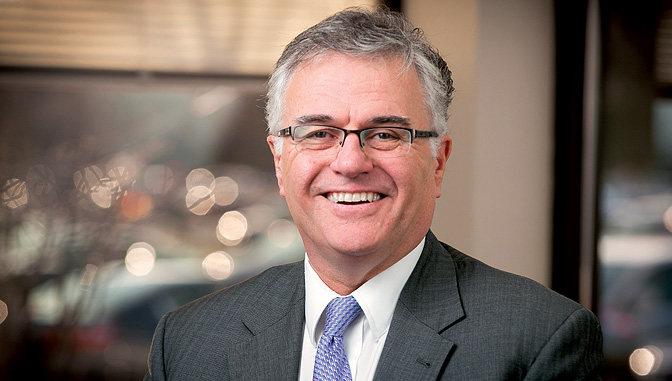Higher Education at an Inflection Point

A national conversation swirls around the value of a degree and student borrowing and debt. College leaders grapple with the financial pressures of changing demographics and lower enrollments. Public confidence in higher education has declined to disconcerting levels (An October 2018 survey by the Gallup Organization found the percentage of adults “Confident in Higher Education” stands at just 48 percent — an 11 percent drop since 2015).
As these issues are discussed on campuses, in capitol buildings, and at kitchen tables across the country, what seems lost is a focus on how we ought to be treating our students, the public purpose of higher education, and what it is that all institutions owe their students.
While institutions wrangle over what is too much or too little government regulation — and policymakers are seemingly deadlocked when it comes to addressing our most pressing issues — we risk a race to the bottom when it comes to our students and how they are treated in our various institutions. Students are not just “data points” or units of measure in institutional “revenue centers.”
Consider this: A September 2017 report by the Government Accountability Office (GAO) found that one in three students transfer from one college to another and, when doing so, lose an average of 43 percent of their prior credits upon enrollment in their new school. This common practice of requiring students to “start over” belies our professed commitment to degree completion and student success — and begs the question, what is the currency of a college credit earned in an accredited institution of higher learning?
Requiring students to duplicate coursework is an onerous and costly barrier to degree completion. Addressing that problem was a driving force in the founding of Excelsior College nearly 50 years ago by the State of New York. Our generous credit transfer policy, coupled with prior learning assessment and the options to learn independently and test your way to a degree, allows our students to keep degree completion costs low and shorten the time to degree attainment. This, in addition to our focus on personalized interaction with our students, is why Excelsior’s completion rates have been historically among the highest in the sector.
The challenges facing college students today extend beyond issues of access, affordability, and completion. To the extent our current system of higher education fails to recognize the value of what is learned and earned outside of the walls of one or any academy, we exacerbate those challenges. And it raises in the minds of our students the question of whether our primary goal is helping them achieve educational self-actualization or selling credits and degree programs. And this question may be at the root of that crisis in confidence.
The erosion of public confidence in higher education suggests the need for a fiduciary standard in higher education, regardless of our corporate configuration. That will mean we always act in students’ interests — even when it may not be in our own.


